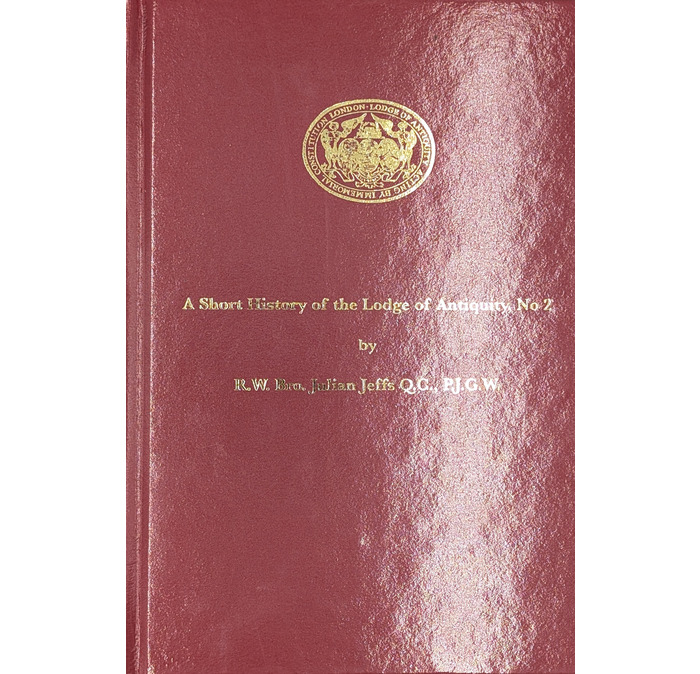The Cafe and Bar at Freemasons’ Hall (London, England) has been rebranded as the Goose and Gridiron, a name that rolls off the tongue far better than its previous one. Kitty and I recently visited the newly transformed venue! Kitty even got behind the bar to pull a few pints.
We were delighted to see a lovely new mural and a detailed model of the iconic goose and gridiron symbol (Yes, I have injured my head. I fell over after a sauna).

The attention to detail was impressive, extending even to the new design on top of the coffee.

Our visit was made even more special when Oliver Coddington, Deputy Grand Secretary, joined us for cake, and later, the Metropolitan Grand Secretary, Mathew Christmas, joined the party for a quick tea.

This rebrand pays tribute to the historical site where the Grand Lodge of England was founded. For those who are unsure about the history, here is a quick reminder.
The original Goose and Gridiron Ale-House, located in London’s St. Paul’s Churchyard, was the site of a pivotal moment in Masonic history. On June 24, 1717, four local Masonic lodges met there to formally establish the Grand Lodge of England. This meeting, which was also the Annual Assembly and Feast, was a follow-up to a provisional meeting held the previous year at the Apple Tree Tavern.
At the Goose and Gridiron Ale-House, the four lodges elected Anthony Sayer as their first Grand Master. They decided on two main objectives: to hold an annual “Grand Feast” and for lodge officers to meet quarterly. One of the original four lodges even took on the name of the ale-house where they met.
The Four Original Lodges
The four founding lodges, often called the “Four Old Lodges,” were known by the names of the taverns and ale-houses where they convened:
- Goose and Gridiron Ale-house in St. Paul’s Churchyard
- Crown Ale-house in Parker’s Lane
- Apple-Tree Tavern in Charles Street, Covent Garden
- Rummer and Grapes Tavern in Channel Row, Westminster (as an aside, I once visited this lodge, which is still going strong and now called The Royal Somerset House and Inverness Lodge)
In 1725, the first official list of lodges was published, featuring illustrations of the taverns and ale-houses, including the Goose and Gridiron.
The Lodge of Antiquity
The lodge that met at the Goose and Gridiron Ale-house remained there until 1729 before moving to the King’s (or Queen’s) Arms Tavern. It later became known as the “West Indian and American Lodge” and eventually, in 1770, adopted the name “Lodge of Antiquity.” (The history of which is available via Lewis Masonic)
This Lodge gained renewed prestige in the 1770s under the leadership of Masonic writer William Preston. Later, the Duke of Sussex and the Duke of Albany also served as its Master.
Why The Name?
If you are visiting the new Goose and Gridiron, look out for the reproduction of the original sign of the Goose and Gridiron Ale-House, on loan from the Museum of Freemasonry.

The name was a corruption, or parody, on the arms of the “Swan and Lyre,” on the coat of arms of the Worshipful Company of Musicians a musical society which also met at the ale-house.



